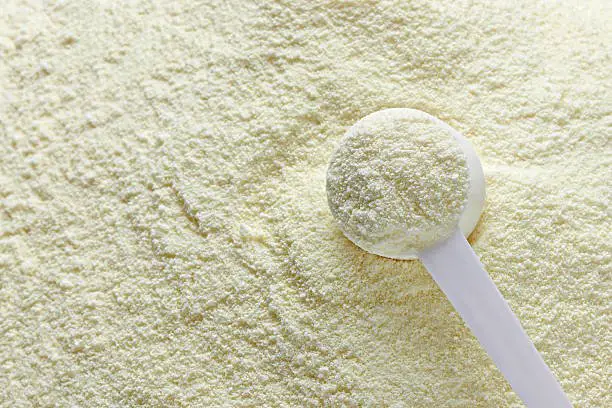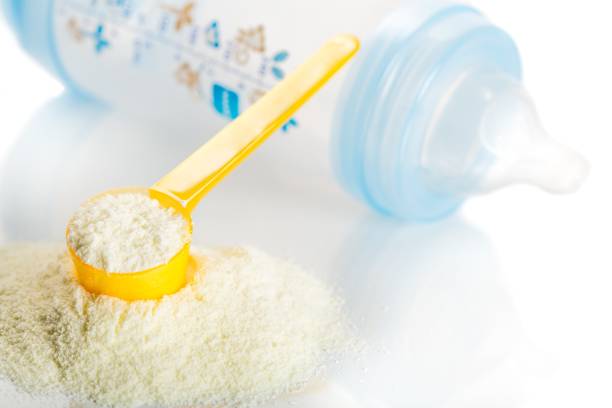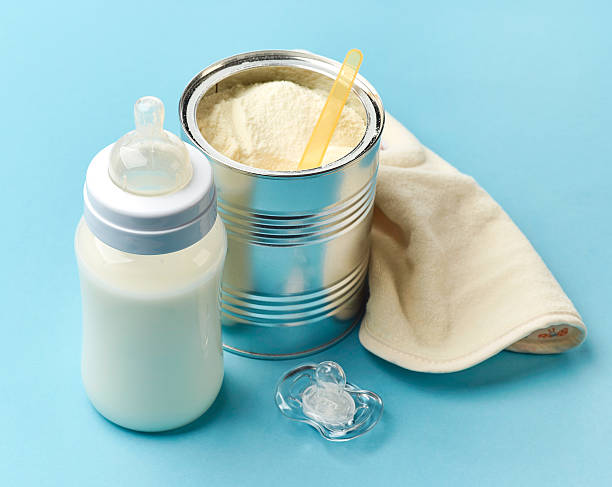Dried milk, also known as powdered milk or milk powder, is a dairy product made by evaporating milk to dryness. This process removes the moisture content from the milk, resulting in a powder form that has a longer shelf life compared to fresh milk. Drying milk also makes it more convenient for storage and transportation, as it reduces both volume and weight.

Here’s detailed information about dried milk and dried milk products:
1. Production Process
The production of dried milk involves several steps:
- Fresh milk is first pasteurized to eliminate any harmful bacteria.
- Then, the milk is evaporated under low pressure and high heat to remove the water content. This can be done through various methods, such as spray drying, roller drying, or freeze drying.
- The dried milk is then cooled and further processed into various forms, such as powder, flakes, or granules.
2. Types of Dried Milk
- Whole Milk Powder: Contains the full-fat content of milk, typically around 26% fat.
- Skimmed Milk Powder: Contains little to no fat, as the fat content has been removed from the milk before drying.
- Buttermilk Powder: Made from the liquid left over after churning butter. It has a tangy flavor and is often used in baking.
- Whey Powder: Produced during cheese making, it is the liquid remaining after milk has been curdled and strained. It is high in protein and commonly used in protein supplements and food production.
3. Nutritional Value
- Dried milk retains most of the nutritional components found in fresh milk, including proteins, carbohydrates (mostly lactose), vitamins (such as A, D, and B vitamins), and minerals (like calcium and phosphorus).
- The fat content varies depending on the type of dried milk. Whole milk powder contains more fat compared to skimmed milk powder.
4. Uses
- Reconstituted Milk: Dried milk can be reconstituted by adding water, resulting in a liquid form similar to fresh milk. This reconstituted milk can be used for drinking, cooking, or baking.
- Food Production: Dried milk is used extensively in the food industry for making dairy products like yogurt, ice cream, and cheese. It is also used in the production of baked goods, confectionery, and processed foods.

- Emergency Food: Dried milk is a staple in emergency food supplies due to its long shelf life and nutritional value. It is often included in disaster relief packages and camping/hiking supplies.
5. Storage and Shelf Life
- Dried milk should be stored in a cool, dry place away from moisture and sunlight to prevent clumping and spoilage.
- When stored properly, dried milk can have a shelf life ranging from several months to a few years, depending on factors such as packaging, storage conditions, and type of dried milk.
6. Benefits
- Convenience: Dried milk is convenient for storage and transportation, especially in areas where fresh milk is not readily available.
- Extended Shelf Life: Dried milk has a longer shelf life compared to fresh milk, reducing food waste.
- Versatility: It can be used in various culinary applications and is a versatile ingredient in both sweet and savory dishes.
7. Drawbacks
- Flavor: Some people find that reconstituted dried milk may have a slightly different flavor compared to fresh milk.
- Texture: Reconstituted dried milk may have a different texture compared to fresh milk, particularly in beverages.
Overall, dried milk and dried milk products are important commodities in the food industry, offering convenience, versatility, and nutritional value. They play a significant role in food security, culinary applications, and emergency preparedness.
